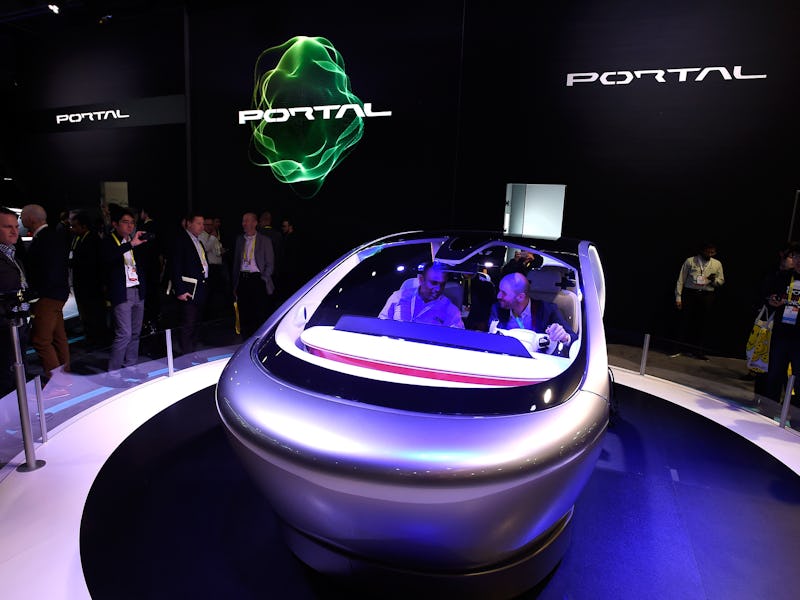The development of autonomous vehicles raise the potential for an extraordinarily exciting future, mostly because we can’t wait to nap while our car takes us home at the end of our work days. But, NASA is still concerned about the future of autonomous mobility — both here on the ground, and out in space.
The big question asked at The American Institute of Aeronautics and Astronautics (AIAA) SciTech Conference 2017 in Grapevine, Texas this week was: how can we make sure autonomous vehicles are safe when we aren’t even watching?
Danette Allen, NASA’s senior technologist for intelligent flight systems, discussed the trust issues NASA has and what we should all be thinking about as autonomous vehicles become integrated into our everyday life.
Building these truly autonomous high-performing systems is a difficult challenge, she told the audience. “And then, beyond that, how do we actually certify them safe?
That’s certainly a valid point, especially when it comes to space travel. Thinking about an autonomous rocket launching us to Mars is a lot more complicated than a car driving us to the grocery store.
Getting self-driving vehicles on the road or into space all pose a different set of challenges. At the end of the day, these are machines and it’s impossible to say just yet if we will be able to fully trust them with our lives.
“How do we think about these machines differently?” Allen asks. “Because we are now asking them to behave like humans, to communicate like humans.”
But, they are and will always truly be machines. Something in our human anatomy has to cope with the idea that these machines will never know life and death, no matter how much programming we install — and that is a very scary thing.
Allen suggests the autonomous industry come up with a certification system, like the normal crash safety tests we already do, but with an added, more human-like layer.
At the end of the day, we have to remind ourselves that we aren’t even safe when we drive ourselves. At least when our cars drive us, there won’t be any worries about drunk, erratic, or distracted driving.
“It’s my hope that these really smart machines and algorithms are going to be the solution to living safely and efficiently,” said Allen. If we plan to spend the rest of the century jetting off to far away places — be it 100 miles away to nearest city or a million miles away to Mars and beyond — let’s hope we figure out the details soon.
